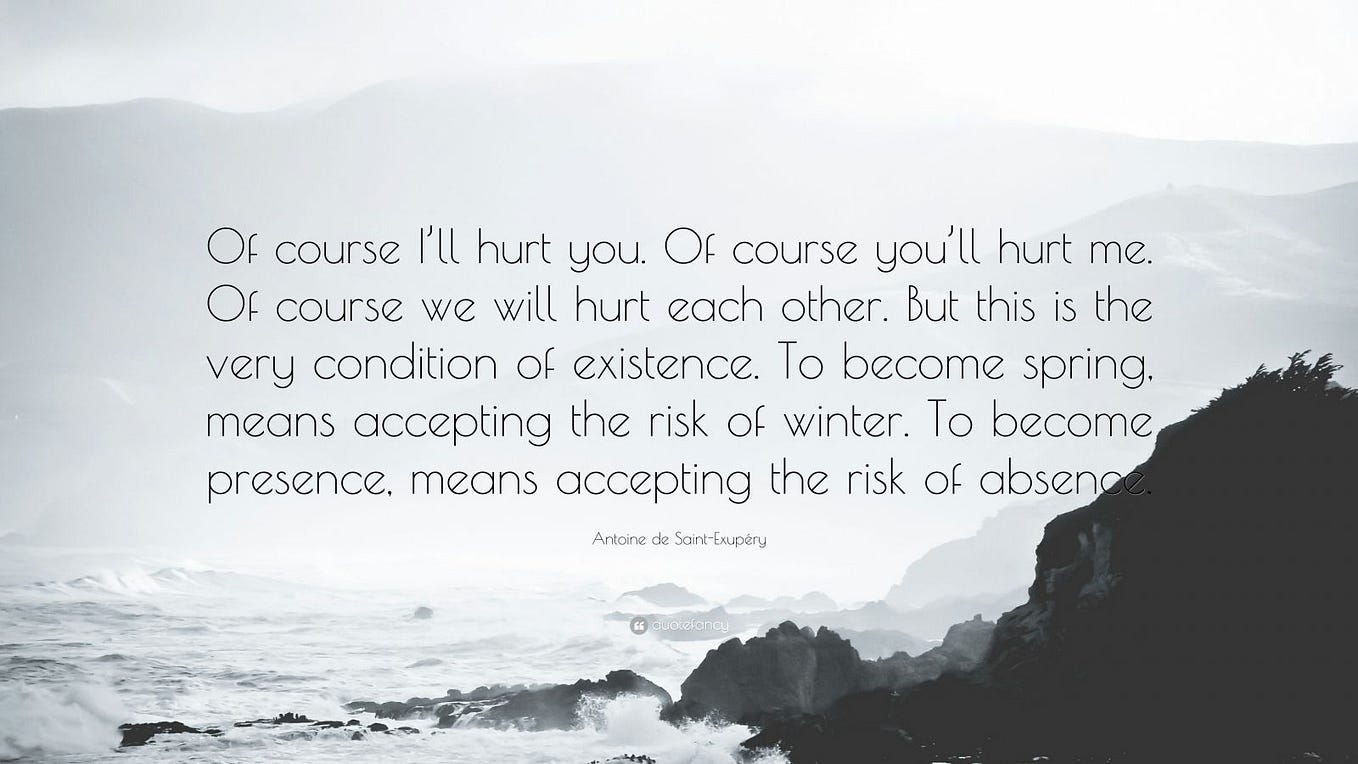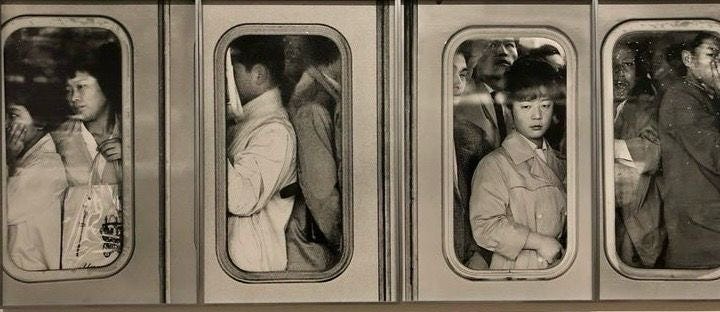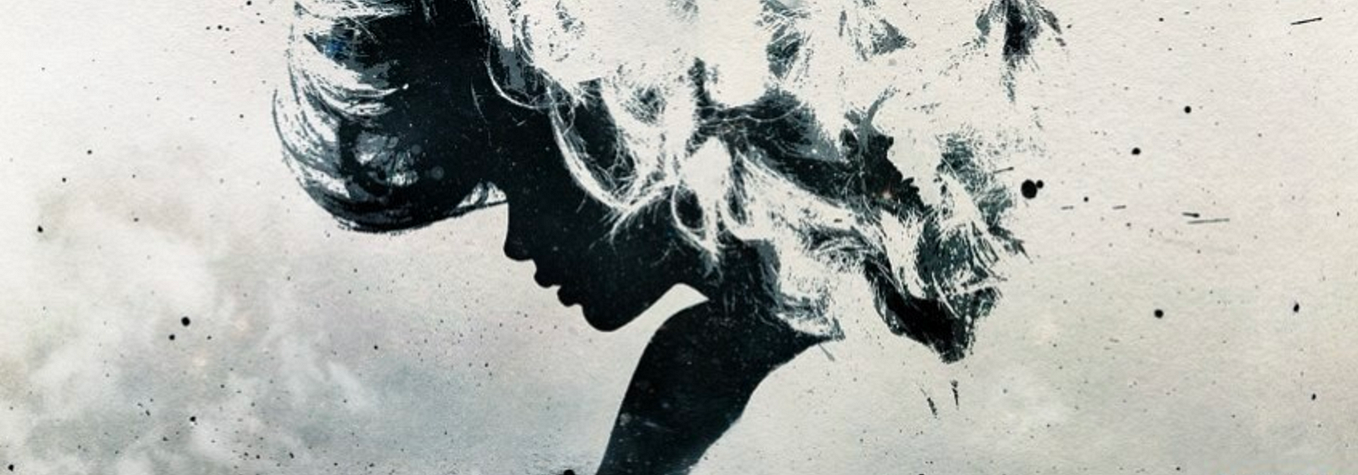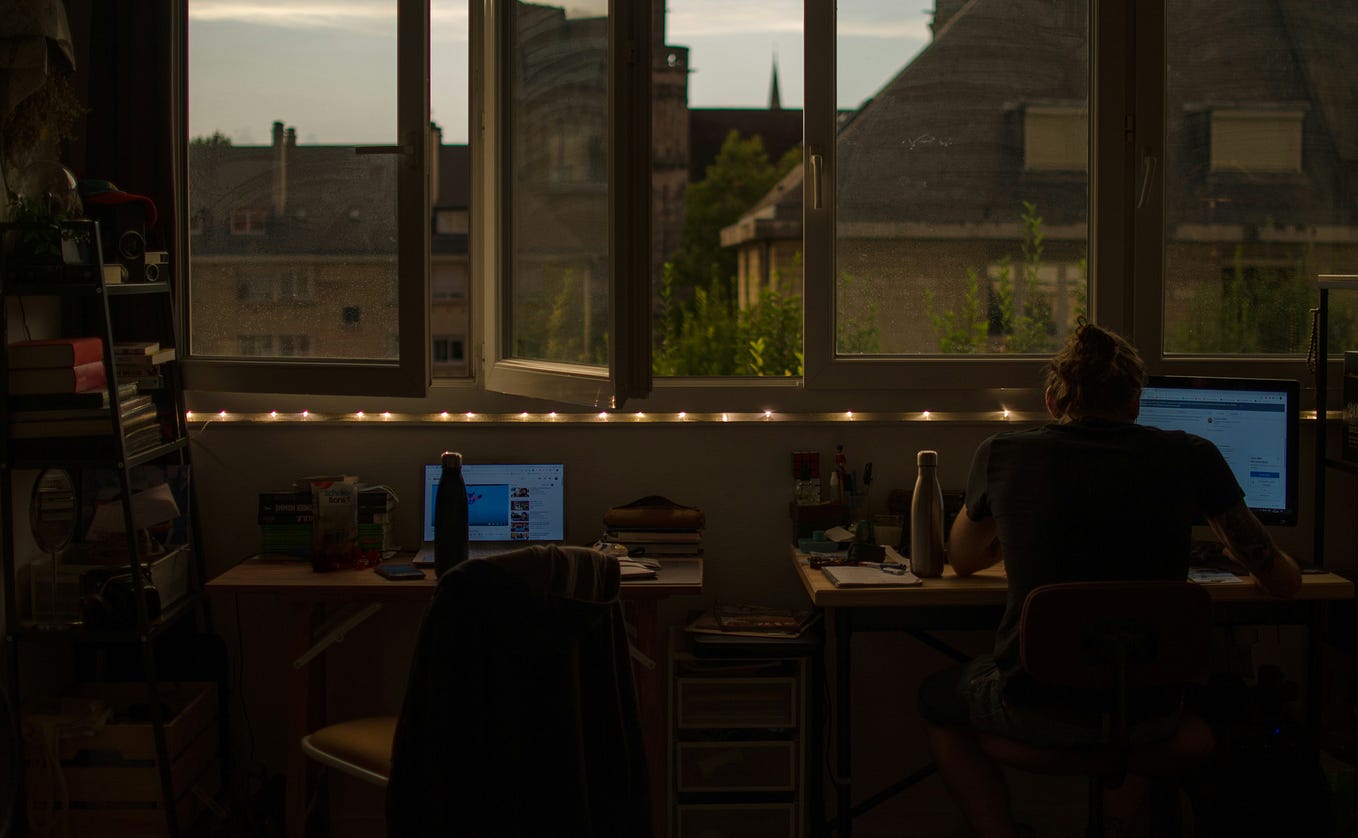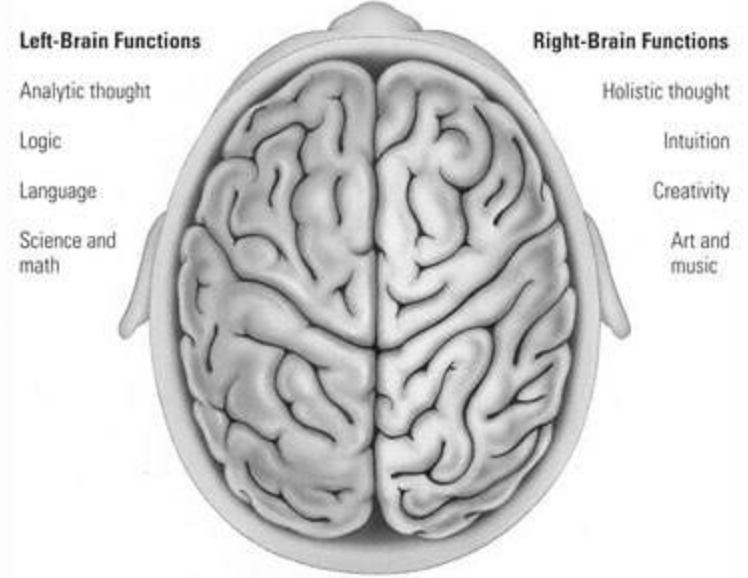There was a time when our collective conscience was fed on a linear narrative built by two or three blockbuster movies and TV shows. Those were the times when media meant only one television channel. Millions sat glazed eyed in front of the rapidly changing psychedelic images, casting a ghostly pallor on their faces. What you saw then is what you became. Or wanted to become. The glitzy world of advertising, mythology, serials, cinema, art - all had shrunk into a 21 inch screen that sat in our drawing rooms as a permanent guest who no one wanted to leave. For the first time we learnt what it was like to dream with our eyes open. There was an anticipation in switching the TV on. As though by the very act of turning it on we were switching off our mundane lives. There was no shame in sharing our collective dream in such intimate details.
It was a status symbol to own a tele back then. And the aspirational medium must then convey an aspirational message. Content was more often than not leading edge, not mainstream. If it appeared mainstream, there was almost always a message. Or something thought provoking. There was an unwritten self regulation both from the broadcaster as well as the viewer. If the content was edgy in one frame, it was juxtaposed with realism in the next as though both the viewer and the broadcaster were testing their own acceptance to a new belief system. The reel was always ahead of the real in television. Life imitated art as it was more aspirational, mysterious and coveted. It was de-rigueur for a middle class life to be uni-dimensionally routine. Television and cinema provided that much needed escape to fantasy.
It was the season of Oscar Wilde’s anti-mimesis. Aristotle didn’t stand a chance. Life imitated art far more than art imitated life. Human imagination was fertile. Human mind had the capacity to romanticise a slice of cold reality. A mundane middle class life was uplifted onscreen with a unique story idea — the very act of which made the insipid real life characters interesting — as though they were singled out to be blessed by the universe. Nietzsche’s “We have art so that we do not die of the truth” was a testimony to how art added a desirable patina to life.
Today, it is the opposite. We are more aware, more travelled and more exposed. The world is not a mystery anymore. Internet has democratised discovery. Everything that you thought of inventing, has already been. Our thoughts are bereft of fantasy. Our imagination is no longer ambitious. When it soars it does not see a new world, it sees a glint of its own reflection. We tell ourselves we can look and do better than what exists. But don’t know how to think and feel better. Being romantic only means being in love. Joie de vivre has just become an expression and not a philosophy of life. Ditto with art. Art, today, has become more of an expression than a philosophy. Mainstream thought has metastasised to art. Aristotle would be secretly smiling today with merely the word play in nemesis of the anti-mimesis.
Internet has democratised discovery
Today content is what life is — a lot of small experiences with no big idea as its epiphany. Life has become a series of psychedelic images and constant noise. Art imitates life in monotones. There are fifty shades of each colour and as many variations in sound. The degree of intensity in each gradation sets one work of art apart from another. The television and its reality is what we want to escape today. In the very act of switching it off we want to drown the ugliness and cacophony that envelopes us. Cinema too has a dreary realism to it. Poetry and lyrics have become prosaic. Remixes and sequels dominate. Curation and collaboration trump original creation.
The silver lining is that creativity is not limited to a select few. It is all around us — just a tad difficult to find the one bright idea hidden in the heap of everyday originality. The question that begs is does it imitate life or art? Let us say just as Aristotle and Wilde spanned different eras, so should the answer to this question. It is cyclical, simultaneously contextual and causal. One of them is the spice that makes the other interesting and inspiring.


